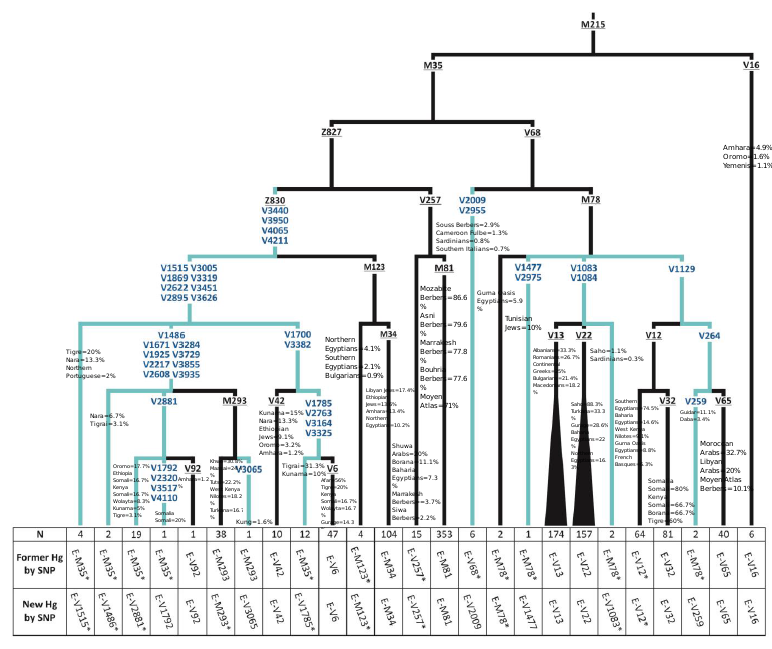And here are links to Leys and Joyce's measurement tables for the Maasai and Njemps individuals (1, 2, 3, 4). Notice how 60 out of 91 of the Maasai individuals (66%) or the majority had nasal indices in the mesorrhine/medium-sized range. This includes values of 70 to 84.9 on the living head:Damat wrote:Common dude, some Samburus are like 80% cushitic. Maasais even discriminate against some of their own because many maasias are not real maasais but clans from other tribes that made linguistic shifts to Maasai, they even have a caste-system

A further 20 out of 91 of the Maasai individuals (22%) were platyrrhine/broad-nosed, like most of the Nilotes and Bantus that had little Cushitic influence. The remaining 11 out of 91 (12%) of the Maasai individuals were leptorrhine/narrow-nosed. One of those individuals was actually almost hyper-leptorrhine/very narrow-nosed. Leys and Joyce explain the Maasai's nasal indices thusly:
Evidently, the leptorrhine/narrow-nosed individuals among the Maasai indeed have the strongest Cushitic influence, as you suggested.The Hamitic element in relative purity is represented by the Somali[...] In connection with the measurements discussed below, may be taken into consideration the following observations made by the eye alone. There is very little outward resemblance between the Somali and Masai, but the Masai, Kamasia, Njemps, Nandi, and Lumbwa are not very easy to distinguish one from another[...] Tables 7 and 13, nasal indices, do not show nearly so sharp a distinction between Nilotic and Bantu as the table of cephalic indices. In fact there seems to be practically no line of demarcation. Of course the Somali have by far the lowest index; they are followed, at some distance, by the Nilotes (except the Kavirondo tribes, and the Turkana who, as we have seen, are distinguished by exceptionally broad noses)[...] The effect of the strong element of Hamitic blood in the Masai has been to modify the nose of that people to such an extent that a great difference in the measurements makes its appearance.”







